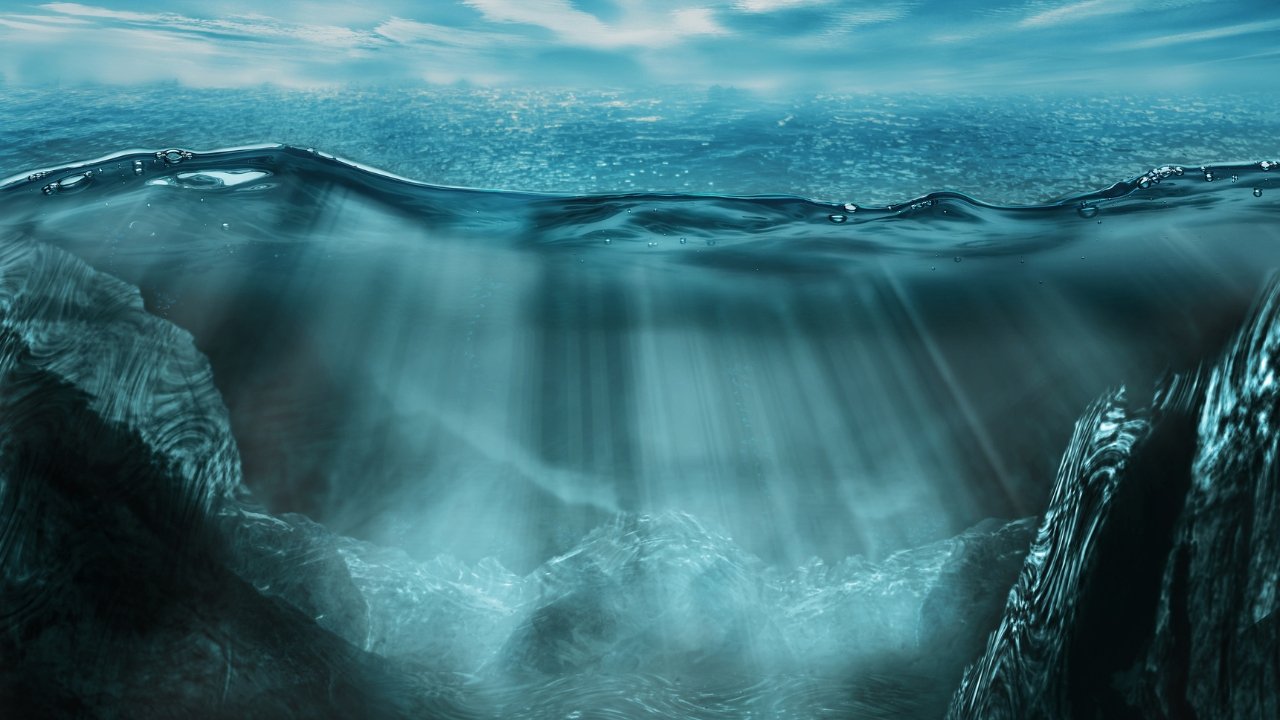Top 10 unsolved mysteries of the deep sea. The vast and mysterious depths of the ocean have long captivated the human imagination, hiding secrets and mysteries that elude our understanding. In the unknown realms of the deep sea, countless mysteries lurk beneath the surface, challenging our scientific knowledge and igniting curiosity. From funny creatures to disturbing phenomena, the ocean trenches hold a wealth of questions that prompt exploration and discovery.
In a realm where sunlight dims and pressure rises, strange phenomena and unexplained sightings abound. From ancient ships Exciting marine species. The deep sea holds mysteries that have baffled explorers and adventurers alike for centuries. Despite advances in technology and research, many of these mysteries remain unsolved, puzzling, and enthralling in the depths of the ocean.
From legendary tales of lost civilizations to surprising encounters with unknown creatures, these mysteries offer a glimpse into the hidden wonders and mysteries that lie beneath the waves, waiting to be uncovered.
The deep sea, Earth’s final frontier, is a realm shrouded in darkness and mystery, where sunlight barely reaches anything, and terrifying creatures dwell. This vast underwater expanse holds secrets that have puzzled scientists and explorers for centuries, with discoveries that often raise more questions than they answer. I’m counting down 10 Unsolved Mysteries of the Deep Sea, starting with…
Table of Contents
Here Are 10 Unsolved Mysteries of The Deep Sea
10: The Baltic Sea Anomaly

The Baltic Sea anomaly is a mysterious underwater object that was discovered in June of 2011 by the Ocean X team, a group of Swedish treasure hunters, located at the bottom of the northern Baltic Sea. This anomaly immediately gained attention around the world due to its unusual shape and features.
The object, which lies at a depth of approximately 295 ft or 90 M, was first detected using sidescan sonar, revealing an approximately 197 ft long formation that some people think looks like a sunken UFO or an ancient architectural structure. Initial sonar images and subsequent underwater photographs and videos show a structure with an appearance reminiscent of a starship or other artificial object, featuring straight edges, and right angles.
What appear to be corridors or walls? Adding to the mystery, the team reported malfunctions in their electronic equipment when close to the anomaly, though this could be due to several factors unrelated to the object itself. As it’s not yet been possible to send a submersible to this site, there are many different theories to explain what it is.
Some suggest it could be the remains of a World War II-era vessel or a shipwreck, a natural geological formation, or even a piece of architecture from a lost civilization. The most sensational claims are, of course, that it might be an alien spacecraft that crash-landed on the ocean floor.
Geologists and oceanographers, though, have instead suggested that the anomaly is likely a natural formation, possibly a glacial deposit left behind during the Ice Age. This notion is supported by the fact that the Baltic Sea region was heavily glaciated, and the seafloor is known to contain various glacial features.
The so-called corridors and angles may be the result of natural processes such as fracturing, erosion, or the deposition of materials over thousands of years. Despite these more down-to-earth explanations, the Baltic Sea anomaly continues to intrigue and spark debate among different people, and it’s one mystery that will only be conclusively solved when direct exploration of the site is finally conducted.
09: The Disappearance of The USS Cyclops
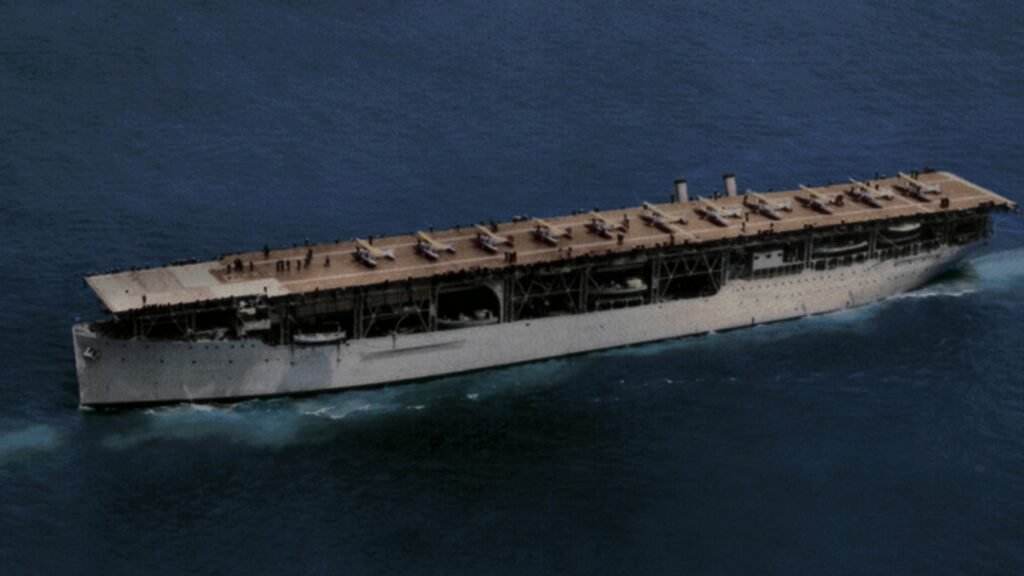
The disappearance of the USS Cyclops is another of the biggest mysteries in maritime history and one that reminds us how unpredictable ocean travel can be. This huge naval collier, which was one of the largest ships of its time and designed to refuel the US fleet while at sea, was lost without a trace in March 1918 during a voyage from Barbados to Baltimore.
It was a routine voyage, having left Rio de Janeiro in February 1918 to supply American forces in the Atlantic with much-needed fuel during the First World War. After a brief stop in Barbados to resupply on March 3rd, the ship set sail for Baltimore and was never seen again. No distress signals were sent, and an extensive search found no wreckage, leaving the whereabouts of the Cyclops a complete mystery.
Several theories have been put forward to explain the disappearance, with the most likely being that structural failure might have been a cause, with earlier signs that the ship may have had a cracked cylinder and been overloaded. Others have suggested it could have been the result of enemy action.
Although there were no German submarine reports claiming the sinking of the Cyclops, the area where it vanished was not known to be actively patrolled by U-boats at that time. Other theories range from suggestions of internal sabotage, mutiny, or even involvement in the Bermuda Triangle. But with no trace of the ship to work from, these ideas lack concrete evidence, and the exact cause of the Cyclops’s disappearance remains unknown.
What the loss of the USS Cyclops did do, though, was lead to changes in naval procedures and fueling to avoid similar occurrences. Despite advancements in technology and numerous attempts to relocate the wreckage, the ship’s final resting place and the circumstances of its disappearance continue to elude discovery, and with such deep waters in the region where it went missing, we may never know what happened.
08: The Mariana Trench
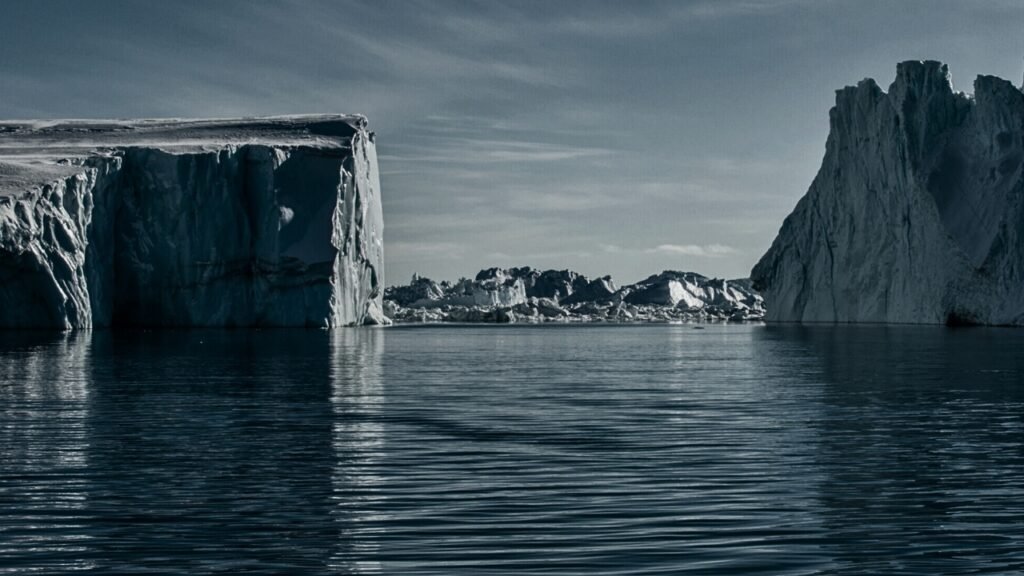
The Mariana Trench, which is the deepest part of the world’s oceans, holds many mysteries, but the most bizarre of all is a series of sounds that have been recorded by scientists and researchers originating from the depths of the trench. It plunges to more than 36,000 ft or almost 11,000 M, and these sounds have been variously described as moans, whistles, and roars, reminding us of just how little we know about the depths of the oceans and how much remains to be discovered.
One of the most famous sounds is known as the bloop, a powerful ultra-low-frequency sound detected by underwater microphones in 1997. While it initially sparked speculation about gigantic undiscovered sea creatures, further analysis suggested that the sound was consistent with ice quakes, large icebergs cracking and fracturing in Antarctica many thousands of miles away. This explanation, however, doesn’t cover the entirety of the mysterious sounds emanating from the ocean’s depths, many of which originate closer to the Mariana Trench.
Another sound, dubbed the “bio-duck,” has been recorded repeatedly in the Southern Ocean, but it’s also heard in the depths of the Mariana Trench. Initially a mystery, researchers eventually attributed these low-frequency quacks to the vocalizations of Antarctic minke whales. This identification, though, does little to help explain other acoustic phenomena in the trench, such as the “train” and the “Julia,” which remain unexplained and are subject to ongoing research.
The trench’s unique environment makes it a hotspot for such mysteries. Its extreme pressure, darkness, and cold create conditions that are challenging for human exploration. Some of the sounds likely originate from deep-sea creatures, many of which remain unknown. Others may be the result of geological processes unique to the trench’s complex geography and extreme conditions.
It’s one of the most complicated places to visit on Earth, and the investigation of these sounds involves advanced technology, including hydrophones capable of withstanding the trench’s immense pressures. It’s this remoteness, as well as the sounds that have been captured, that make the deep ocean one of the last uncharted frontiers on Earth. But with an increasing number of expeditions now taking place, we may well find out more within a few years.
Read More: Most Futuristic Cities and Towns
07: The Yonaguni Monument

The Yonaguni Monument, which was discovered off the coast of Yonaguni, the southernmost of the Ryukyu Islands in Japan, in 1985 by a local diver, is a submerged rock formation that’s so unusual in shape that no one can be certain how it formed. This complex structure, which lies about 80 ft or 25 M underwater, features terrace edges, right-angled formations, and what appear to be carved pathways and staircases, leading some to believe it’s the remnants of an ancient submerged civilization.
Those who are convinced that it’s the artificial point to features such as the twin megaliths that appear to be placed atop the formations, the straight walls and steps, and what some believe are carvings and engravings as evidence of human involvement. Supporters of this view often link the monument to the mythological lost continent of Mu, suggesting that it could have been part of a civilization before being submerged by rising sea levels at the end of the last ice age.
However, many scientists and geologists counter these claims by suggesting that it’s instead a natural formation. They argue that the sandstone and mudstone blocks that make up this monument naturally fracture in straight lines and right angles when subjected to tectonic activity.
Those on both sides of the debate are sure that they’re the right ones though, and with restrictions on the removal of any material, it’s not yet been possible to prove things one way or the other. In the meantime, the Yonaguni Monument continues to attract divers and researchers from around the world, and whether natural or man-made, it is a fascinating subject for study offering insights into geological processes at work in our oceans and potentially into human history.
06: The Discovery of an Underwater River
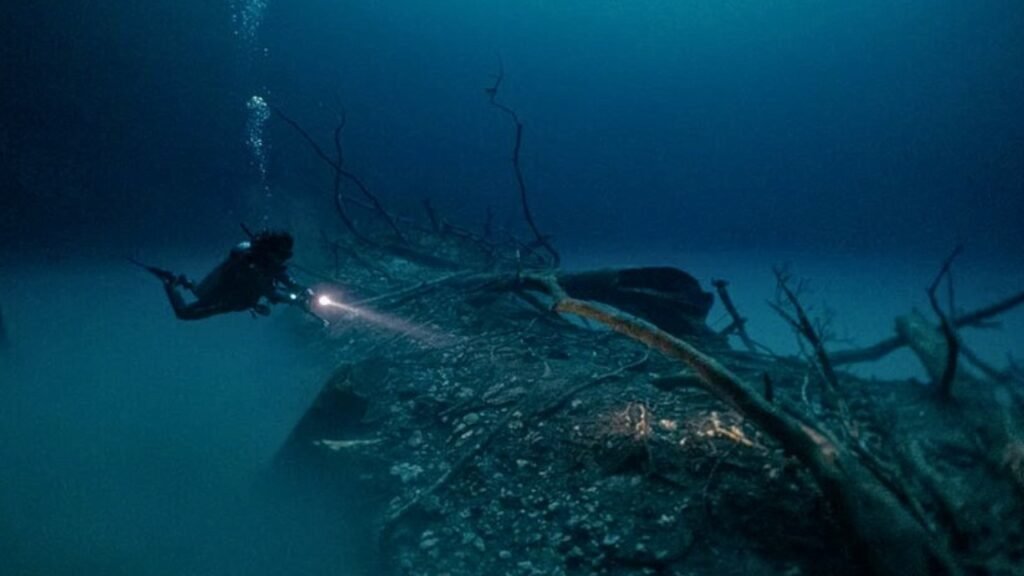
The discovery of an underwater river in the Black Sea was one of the most significant recent findings in the field of oceanography. This remarkable structure, first identified in 2010, is essentially a river that flows along the seabed of the Black Sea, complete with banks, floodplains, and even waterfalls, much like a river on land. This underwater river is formed by the dense saline water flowing from the Mediterranean into the Black Sea through the Bosphorus Strait and is easily one of the largest of its kind in the world.
The river carves channels in the seabed as it flows, and its waters are significantly saltier and denser than the surrounding Black Sea water, causing it to sink and flow like a river within the sea. This unique feature stretches for hundreds of miles and can reach depths of more than 100 ft. It’s estimated that the flow rate of this underwater river is 350 times greater than that of the River Thames in London, and it carries a significant amount of sediment into the deep parts of the Black Sea.
Furthermore, the exploration of this underwater river has shed light on the unique environmental conditions of the Black Sea, which is known for its oxygen-free deep waters. The dense water of the underwater river contributes to the stratification of the Black Sea, maintaining its layers, which prevents organic matter and historical artifacts from decomposition. This has led to the preservation of ancient shipwrecks and archaeological sites, offering a unique window into past civilizations and trading routes.
It has, though, raised the question of how common a feature like this is. If a river is present in this location, and there’s no reason why there wouldn’t be rivers running along the seabeds of other large bodies of water, we may just be at the beginning of a completely new understanding of how our oceans work.
05: Deep-Sea Coral Reefs
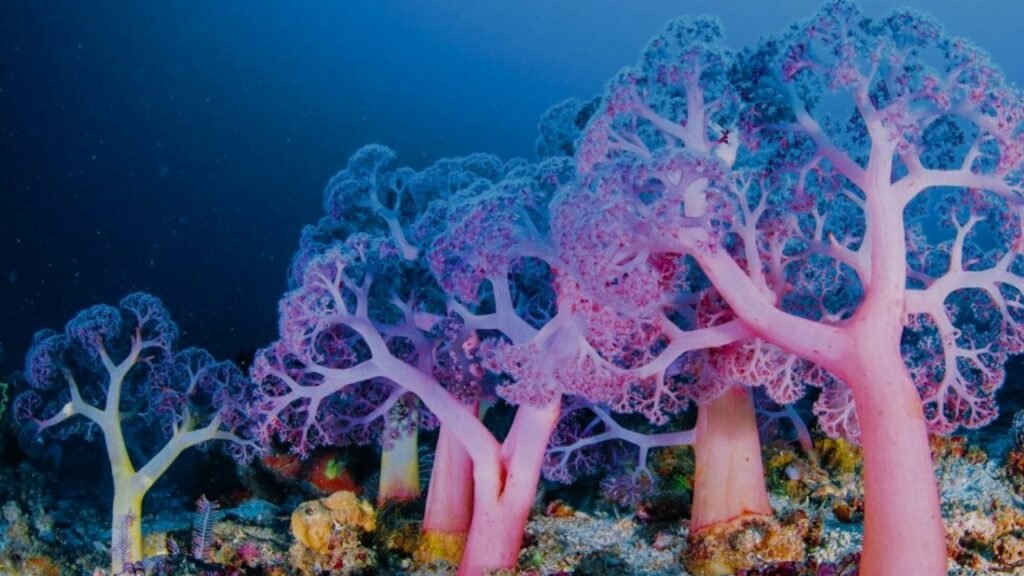
So, there’s a huge amount of concern surrounding the health of coral reefs around the world as a result of human activity, but recently increasing numbers of deep-sea reefs have been discovered, often in places where this was previously thought to be impossible, meaning there’s still so much for us to learn about some of the most important ecosystems on the planet.
Deep-sea coral reefs, thriving in the cold, dark depths of the ocean far beyond the reach of sunlight, don’t rely on photosynthetic algae for their energy like their shallower water counterparts. Instead, they obtain nutrients from the small particles floating in the water or the marine snow that descends from the upper layers of the ocean. This adaptation allows them to survive and grow in those depths where sunlight fails to penetrate.
At depths ranging from 650 ft to well over 6,500 ft, the mystery surrounding deep-sea coral reefs is more than just about their existence, though, as we don’t know much about their age, diversity, and the unique ecosystems they support. Some deep-sea corals are known to be thousands of years old, making them some of the oldest living organisms on the planet, but whether this is common or just scratching the surface of how ancient they are is yet to be revealed.
They are also biodiversity hotspots, hosting a wide range of species that are yet to be fully understood or even discovered. The unique life associated with deep-sea coral reefs, including sponges, crustaceans, mollusks, and other invertebrates, often show remarkable adaptations to that environment, such as bioluminescence and specialized feeding mechanisms.
What they do have in common with shallow water reefs, unfortunately, is that they face significant threats from human activities, including deep-sea trolling, mining, and climate change. And with the slow growth rates of deep-sea corals, meaning that recovery from disturbances can take centuries, we may find that we’ve damaged them beyond repair before we’ve realized quite how important they are.
04: The Vela Incident
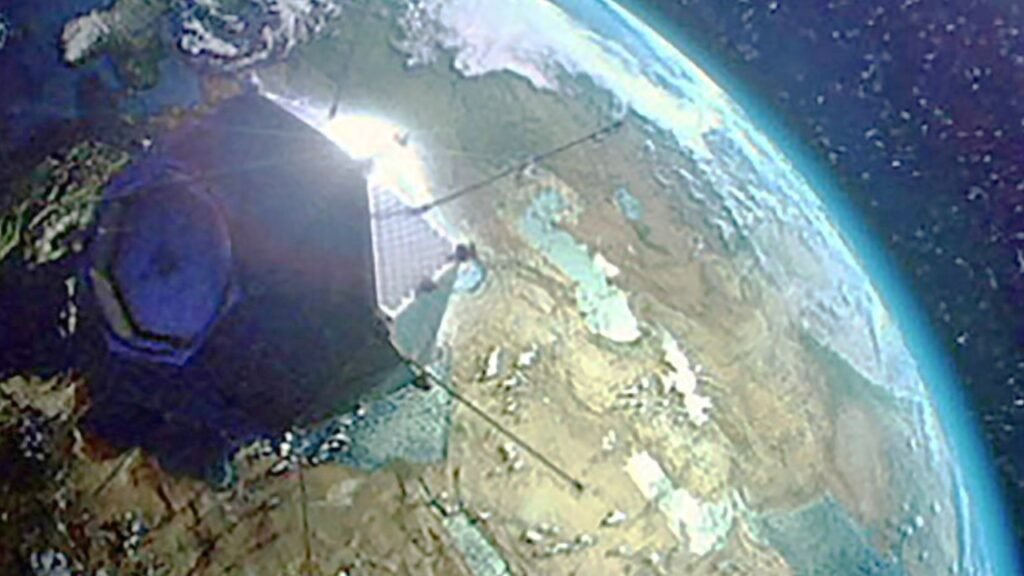
The Vela incident, also known as the South Atlantic flash, remains one of the biggest mysteries of the Cold War. On September 22nd, 1979, an American Vela satellite designed to detect nuclear explosions in compliance with the 1963 Partial Test Ban Treaty recorded a flash of light over the Indian Ocean near the Prince Edward Islands.
This event triggered widespread speculation and investigation as it bore the hallmarks of a nuclear detonation, yet no nation claimed responsibility, leading to widespread debate and concern over nuclear proliferation and the enforcement of international treaties.
The Vela satellites were part of a system intended to monitor nuclear tests worldwide, using optical sensors to detect the distinctive double flash of a nuclear explosion. The flash detected by the Vela satellite on that day in September closely matched this profile, suggesting a nuclear test of approximately 2 to 3 kilotons.
However, the absence of corroborating evidence from other monitoring systems and the initial inconclusiveness of physical evidence, such as radioactive fallout, complicated the interpretation of this data.
The United States government launched an investigation into the incident known as the Ruhn panel, which concluded that the flash was probably not from a nuclear detonation, suggesting that it might have been caused by a meteoroid or an anomaly in the satellite sensors.
Despite this official stance, skepticism remained, fueled by reports of unusual activity in the region and the presence of naval vessels from South Africa and Israel, leading to theories that the incident was a joint Israeli-South African nuclear test.
The other possibility is that with the supposed event taking place in such a remote region, it could have been something else entirely different that originated within the ocean, something that’s so rare that it hasn’t been detected since. Decades later, the Vela incident remains unsolved, with classified documents and testimonies still emerging occasionally, reigniting the speculation.
The lack of definitive proof has allowed conspiracy theories to flourish alongside legitimate scientific inquiries into the nature of the flash. Was it a nuclear test or something different entirely? We’ll probably never know.
03: The Sunken City of Dwarka
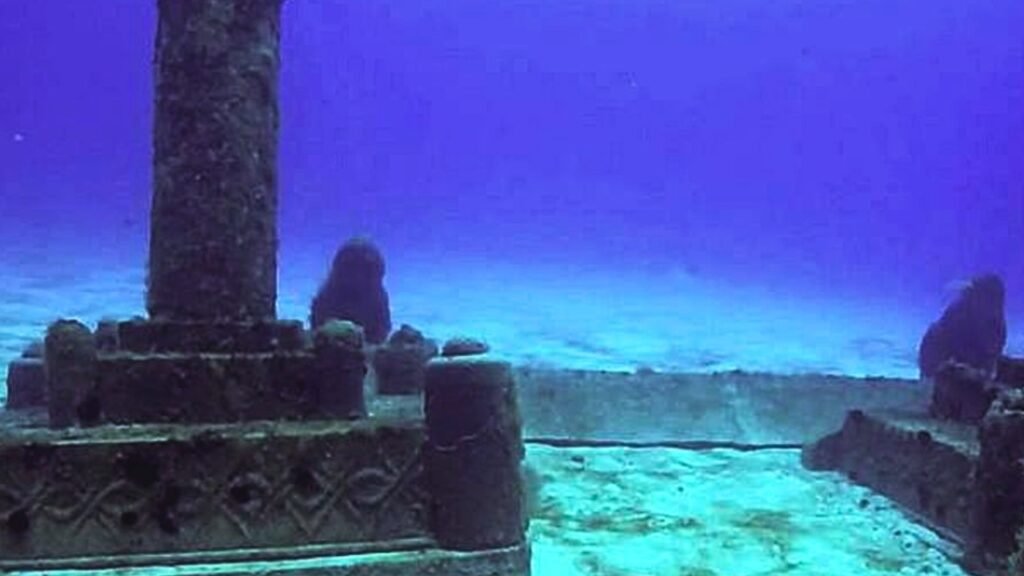
The sunken city of Dwarka is often said to be the most significant archaeological finding in Indian history, but at the same time, it raised as many questions as it answered. Dwarka, which translates to “Gateway To Heaven” in Sanskrit, is mentioned in ancient Hindu texts.
According to these texts, Dwarka was a prosperous city that eventually submerged into the sea, and it was the discovery of the underwater ruins off the coast of modern-day Dwarka in Gujarat, India, that has led many to believe that these remains could be the legendary city itself, bridging the gap between mythology and historical fact.
Excavations have revealed stone structures, pottery, beads, and other materials dating back to 4,000 years ago, suggesting it was a major city for a prolonged period. These explorations have mapped vast areas with geometric patterns suggesting planned urban development and have discovered artifacts that align with descriptions found in ancient texts.
The identification of the underwater ruins with the mythological Dwarka is not without controversy, though. Some scholars argue that the evidence is not conclusive enough to definitively link the archaeological site to the Dwarka described in ancient scriptures, and they warn against directly connecting mythological stories with historical events without definitive evidence.
The debate over the sunken city’s origins and its connection to the Dwarka of lore continues, and while it’s clear that it was once the site of an important civilization, it’s still a complete mystery which civilization it was.
02: The Arctic Ocean Methane Craters
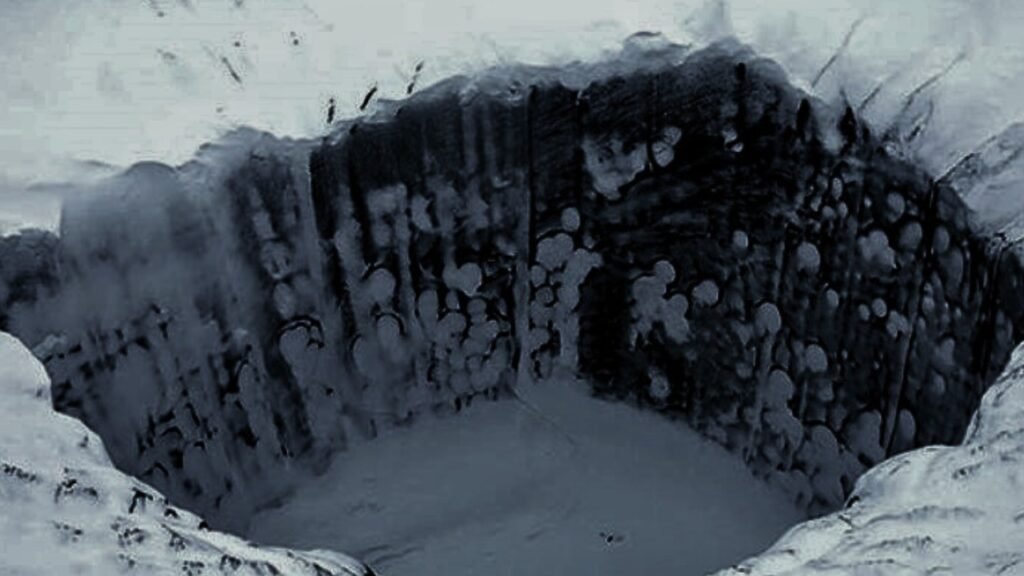
There’s much we still don’t know about the depths of the oceans, and a relatively recent discovery has proven to be both mysterious and potentially a huge problem. Massive craters have been found in the Arctic Ocean floor, particularly within the Barents Sea, and at first, it wasn’t clear how they had formed.
The craters, some of which are thousands of feet or hundreds of meters in diameter and up to 100 feet or 30 m deep, are now believed to be the result of explosive releases of methane gas from the deposits beneath the sand.
Methane is a potent greenhouse gas with a warming potential over 20 times greater than carbon dioxide. The Arctic region, now known for its vast stores of methane within the ice, is particularly sensitive to temperature changes. As the Earth’s climate warms, there’s increasing concern that this methane will be released into the ocean and atmosphere, further accelerating global warming.
The formation of the Arctic Ocean methane craters is thought to be linked to this, and it’s been suggested that as ocean temperatures rise and permafrost thaws, methane gas that was previously trapped in the sediments is released. The pressure buildup from the gas can cause the seafloor to erupt, forming craters and releasing large quantities of methane directly into the ocean and potentially into the atmosphere.
While it seems increasingly likely that this is the reason why the craters have formed, it remains a hypothesis that needs to be proven, and there may also be other causes. Even if they are caused directly by methane release, it’s far from clear why it happens in such a destructive way and whether there’s a way to reduce the impact of it happening.
Needless to say, since their initial discovery, there’s now increasing research in the Arctic to try to further understand these craters and how they may end up affecting us all.
01: The Tybee Island Collision
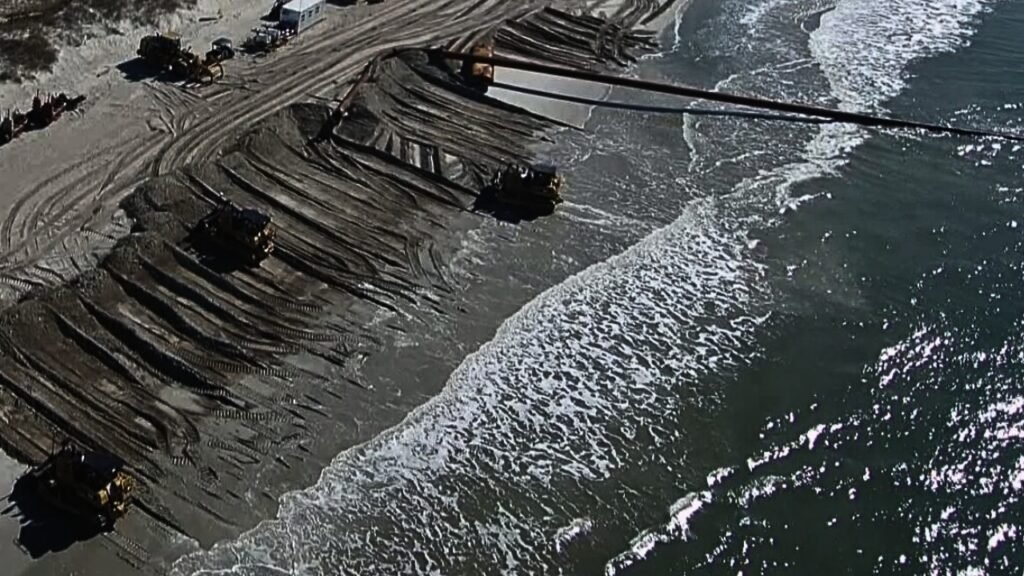
The Taibe Island collision was a significant event during the Cold War era that shows the risks associated with the handling of nuclear weapons. This incident involved a midair collision between the United States Air Force B-47 Stratojet bomber and an F-86 Sabre fighter jet over the skies of Taibe Island near Savannah, Georgia, on February 5th, 1958. The event has gone down in history not because of the crash itself, but because it led to the loss of a Mark 15 nuclear bomb, which has never been recovered.
The B-47 bomber, on a simulated combat mission from Homestead Air Force Base in Florida, was carrying a nuclear bomb. While it wasn’t primed for a nuclear detonation, it still contained a significant amount of conventional explosives and uranium, posing a substantial risk of contamination.
Following the collision, the fighter jet pilot ejected safely, but the damaged B-47 faced a critical decision. Concerned about the safety of the bomb and the difficulty of landing with it on board, the crew decided to jettison it into the waters off Taibe Island before safely landing their aircraft.
The search for the lost bomb was extensive, involving both military and civilian resources, but it was never found. Despite extensive efforts, including detailed searches of the area in the months following the accident and several investigations over the decades, the exact location of the bomb remains a mystery, and there’s probably now no chance of ever finding it.
Beyond the security concerns of nuclear material being lost like that, there are serious environmental concerns too, and this incident led to a change in the safety protocols when handling weapons like them. Still, it remains one of three nuclear weapons that the US is known to have lost in waters around the world, which now make up the most treacherous unsolved deep-sea mystery of all.

